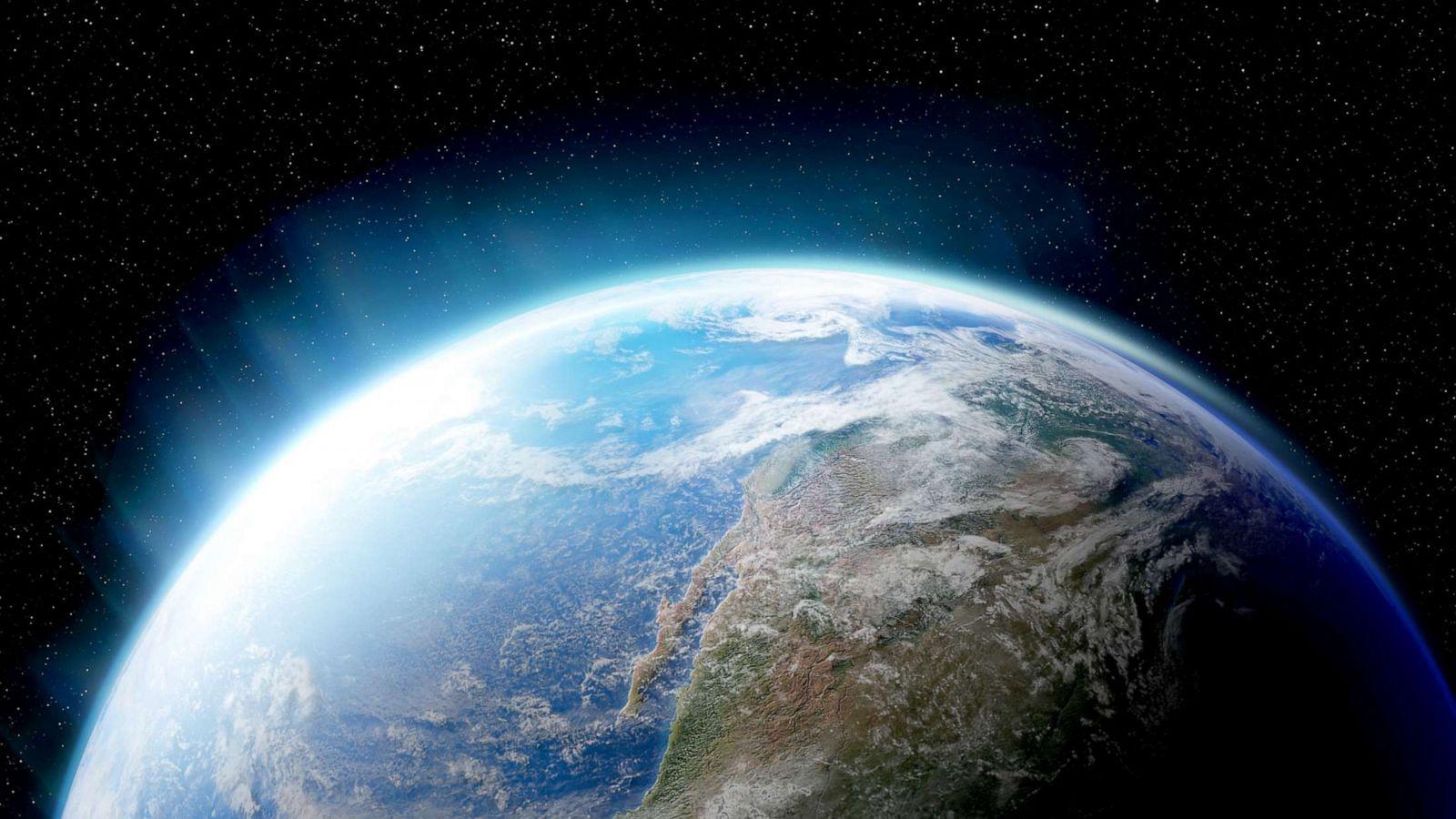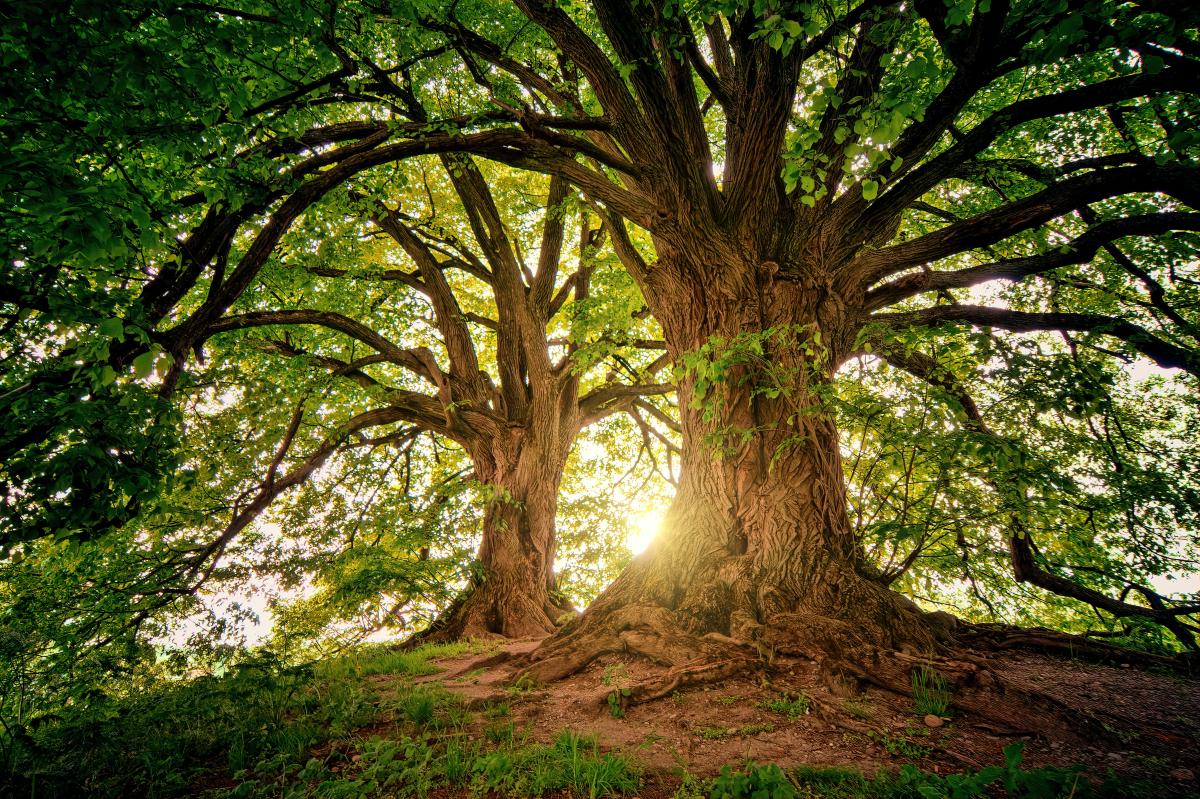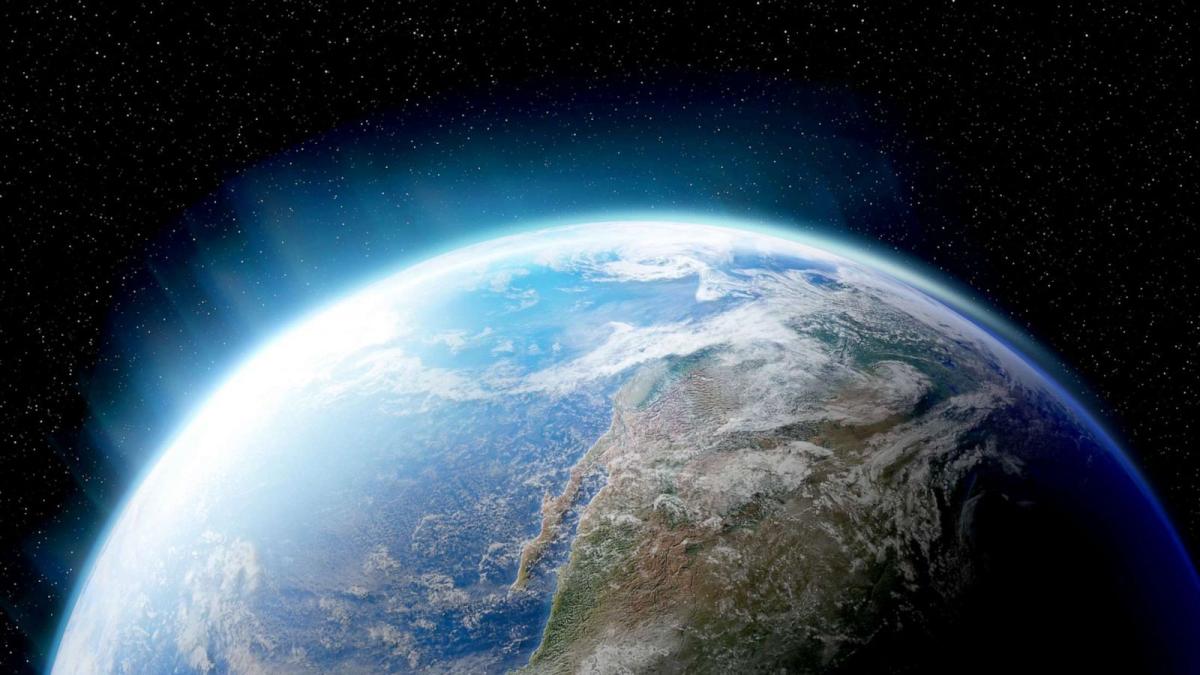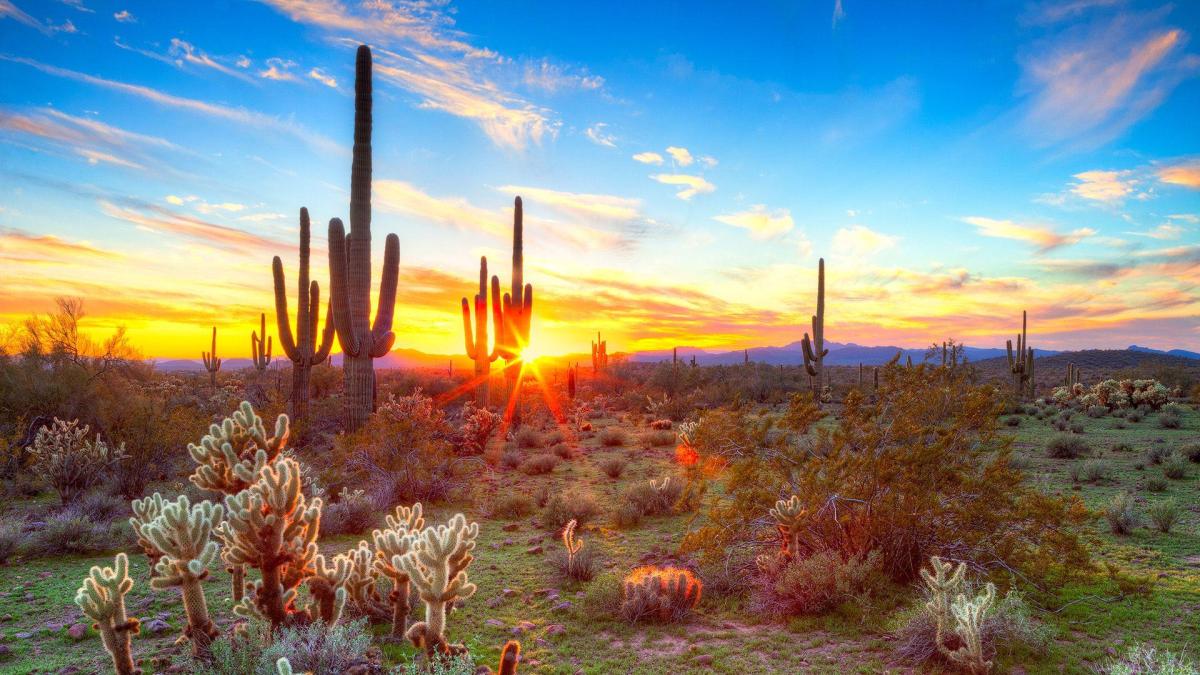
Earth and Moon Scaling Using PIXLR (Lesson 1 of 2)
by LaDawn Click
Students will use PIXLR to compare sizes of the moon and earth to each other and other objects in the solar system.
Lesson Plan Link/URL
https://docs.google.com/presentation/d/1NpMDtmDpEAOkor0U7CvPLWwWZv6peAaR/edit?u…Subject Area
Science Earth and Space Science E2: Earth & the Universe Mathematics Operations and Algebraic Thinking (OA) Number and Operations—Fractions (NF) Ratio and Proportion (RP)
Featured
Off
Related Content

Grades:
6th Grade
Do the colors of our world attract sunlight differently? In this lesson, students will use color and temperature to test and graph answers to this question. Provided are certain links to read

Grades:
6th Grade
This lesson is a great way to highlight Earth's rotation in addition to its revolution. Students build a model Earth with an axis to understand the tilt in the Earth and how it is responsible for the

Grades:
4th Grade, 5th Grade, 6th Grade
By creating a stop motion animation, students will gain a deeper understanding of how landforms develop, are weathered, and erode. This is an engaging way to help infer the history of the current